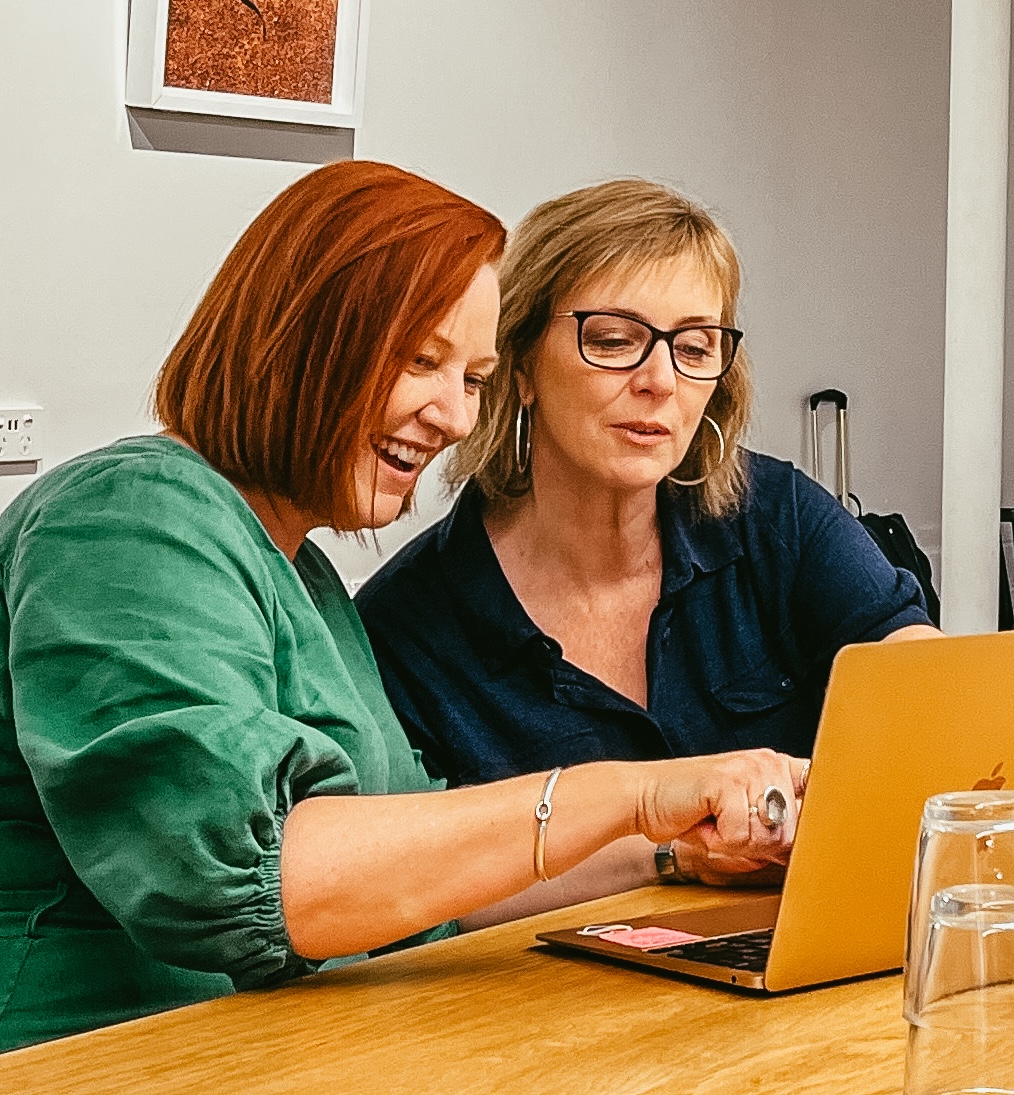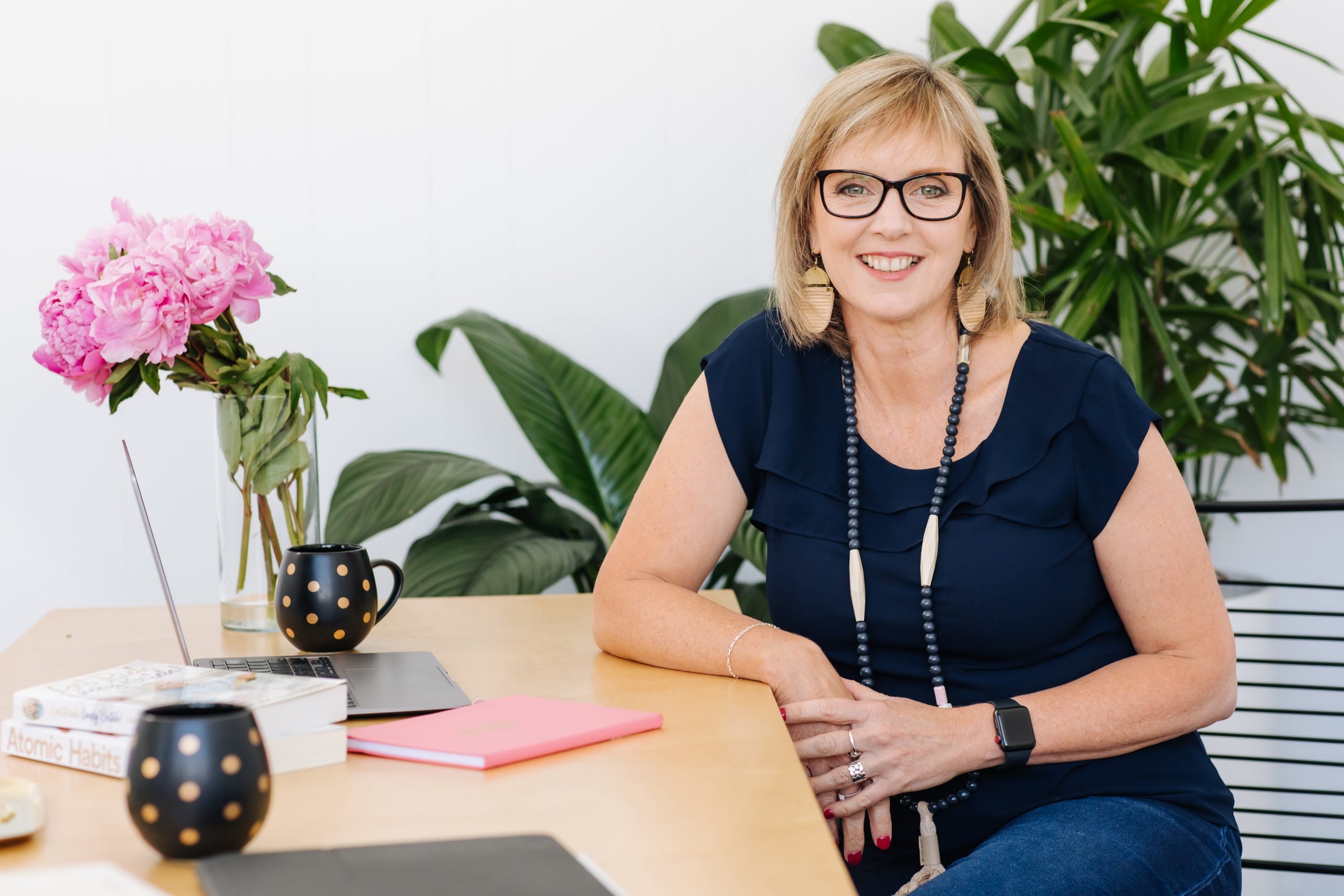
The Business Conundrum: Action vs. Non-Action

Greg Plitt’s quote, “When every action has a purpose, every action has a result,” really hits home for me, especially when it comes to hitting a goal, whether that be a work or personal goal.
Think about it: every choice you make, every task you complete, all have the power to either move you closer to success or steer you off course.
That’s why it’s absolutely essential to make sure your actions are in line with your goals and purpose.
If they aren’t then you’re just wasting your time.
Some days back in my corporate job where I was receiving hundreds of emails a week, it felt like I was playing a game of Tetris, especially towards the end of the week when they came in thick and fast.
Although I was taking action and responding to emails, I wasn’t focused on what mattered the most, I was focused on what I could action quickly.
Has that ever happened to you: feeling busy doing stuff but not really getting anywhere?
Maybe you’ve been putting off important tasks, like those nerve-wracking sales conversations, only to realise later that of course it’s affecting your bottom line.
Trust me, I’ve been there—lots of coffee chats but not enough follow-through on the sales front, resulting in zero income during the first 3 months of my first business.
Whether you’re taking action or choosing not to, each move you make shapes the path your business takes.
So, how do you navigate through this?
Clarity and purpose are key.
Reconnecting to why your business exists, and what it’s here to achieve is the starting point.
It’s not just about setting goals; it’s about tying those goals to a bigger picture, and giving your team a clear vision to rally behind.
As a leader, it’s your job to communicate this purpose to your team in a way that they can connect with it.
Because when everyone understands how their work contributes to the bigger picture, it adds meaning to what they do and helps to keep them engaged.
This clarity also makes decision-making easier for everyone involved and after all, isn’t that what you want from your team: the ability to make decisions for themselves instead of looking to you for all the answers?
Once you set your team up to succeed, it’s time to turn the mirror back on yourself.
Just because you can do everything doesn’t mean you should.
You need to set boundaries and identify your priorities.
Focus on doing things that align with your goals, and be mindful of what you’re sacrificing by saying yes to one thing over another, especially when it comes to outside of work time.
Here are some questions to help you decide on your priorities:
- What’s most important right now?
- What can wait?
- Is this action moving me closer to my goal?
- If I say yes to this, what am I giving up?
Treat these questions like a matter of life and death, and put your energy where it truly matters.
Consistently aligning your actions with your purpose and goals helps you steer clear of the unproductive busyness trap.
This role modelling helps to create a culture of purpose-driven action within your team, fostering autonomy and engagement.
Remember, every move you make shapes your business journey—so make sure to make each one count.

Meet Nicky & Ness
Double your chance of success with two experienced Business and Leadership Mentors.
Nicky and Ness are obsessed with helping install smart business growth strategies - without the hard -core hustle and leveraging people leadership for peak performance.
They are two savvy business women who have come together with a shared vision, bucket loads of passion and a burning desire to change hustle culture.
Underpinning everything they do is making sure you’re thriving now and able to thrive into the future as the world continues to change around you.
Supercharge Your Business!
Join us to receive expert podcast episodes and tips on how to achieve the work-life balance you've been craving while still watching your business grow.






Recent Comments